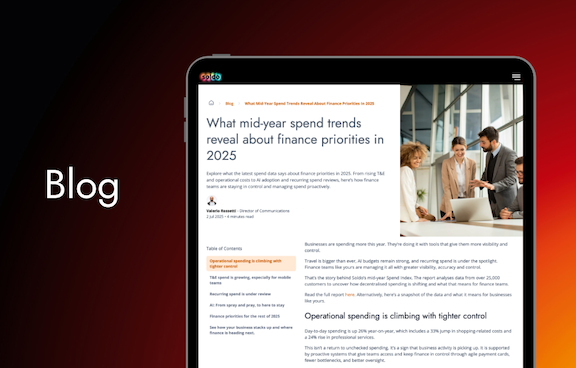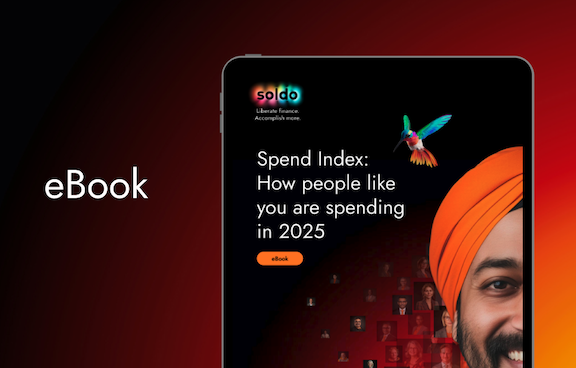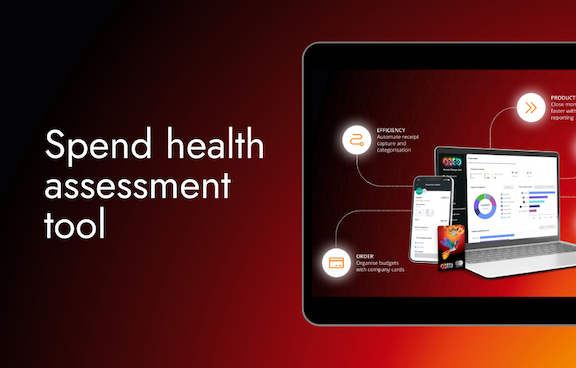Subscriptions tend to go quietly unnoticed. A study found that unused subscriptions have cost consumers as much as £688 million in the last year.
For businesses, that threat to profitability is even more serious. Those recurring payments aren’t just a line item or a minor expense.
Software subscriptions can help your business boost productivity and empower teams to focus on more fulfilling work – when managed well. Unused subscription payments small pipe leaks that – if left undetected long enough – can slowly flood your budget, erode margins, and cause costly damage beneath the surface.
So how do finance teams like yours keep track of these recurring payments before they start draining your bottom line?
In this blog, we’ll explore why subscription management often gets out of control – and how the right tools give you real time visibility into company spending.
Read more to learn how to take back control, reduce waste, and optimise your software spend.
3 reasons your software subscription management isn’t working
Your subscription spend policy isn’t in place
Do your teams purchase tools without Finance sign-off? Do they sign up for trials that turn into auto-renewing contracts? Share cards across platforms with no oversight?
You’re not alone. Many businesses lack a formal policy for managing software subscription spend – and there are a few common reasons why.
Fast-moving teams prioritise speed over process. Startups grow without formal procurement workflows. Responsibility is unclear between Finance, IT, and Operations. Everyone assumes “someone else” is keeping track.
But when there’s no policy in place for your smaller payments, businesses can easily (and accidentally) add redundant or non-strategic tools to their tech stacks. Financially, that also means wasted spend, duplicate licenses, and missed opportunities to negotiate better terms.
A simple, clear policy make all the difference. A subscription payment policy doesn’t have to be complex. It can start as a shared document that outlines:
- Why the policy exists to reduce waste, ensure alignment, and manage risk
- Which payment methods are approved e.g., company cards vs. expense reimbursements
- How vendor selection works including preferred tools, security checks, and IT input
- What limits apply such as spend caps, contract length, or approval thresholds.
By documenting these guardrails, teams know how to spend responsibly while still moving quickly, and Finance gains the visibility it needs to manage budgets effectively.
Your subscription payment method isn’t centralised enough
Marketing uses various cards or accounts to purchase buy the latest design tool. Sales submit reimbursements for a CRM add-on. Operations sends you a notice of bank transfer made to set up a new workflow.
Spend isn’t just decentralised to various parts of your business. Your view of company spend is fragmented. Which means Finance can’t track, forecast, or manage recurring payments in real time.
Businesses fall into the pattern of using a mix of payment methods because, often, speed is prioritised over process. Teams that need a software subscription immediately default to the fast route to payment. And, over time, different departments develop their own systems – ones that become habitual and are hard to abandon.
But these workarounds lead to Finance only becoming aware of active payments after the transaction has cleared – sometimes months after. That’s usually too late to flag duplicates, review ROI, or cancel tools that aren’t delivering value.
Changing how you enable your team to facilitate subscription payments can help you stay in control, all while giving your every part of your business the spending freedom they need.
Using one-off virtual cards for digital payments can help you:
- Set clear spend limits and expiry dates for every tool
- Track every subscription in one place, instantly
- Tie payments to teams, budgets, or projects
- Block renewals unless they are pre-approved
- Limit shared cared access across teams
By giving teams the freedom to spend within clearly defined guardrails, Finance gains the control it needs.
Your spend reporting is too broad
If your business has a smart spend management platform to track the bigger, more strategic purchases in your business, you’re likely to be able to keep those big-ticket items under control.
But when it comes to the smaller, more frequent purchases, (like your subscription spend) you’re in the dark about crucial details. Like who owns the subscription, how often its used, or whether the tool overlaps with something else you’re already paying for.
These details matter because the context to assess actual usage, understand value, and justify renewals based on performance – not guesswork.
It’s data that can help you decide if you should cancel expensive annual subscriptions or renegotiate a new enterprise plan with more seats and better pricing.
That’s the power of having granular visibility on how your software subscriptions are used and by whom.
Using management platforms that track software subscriptions at scale can help you:
- Spot overlaps between tools and eliminate duplicates
- Identify underused licenses or inactive users
- Flag upcoming renewals before they auto-renew
- Understand ROI on each subscription across departments
- Tie spend directly to usage data and team needs
By going beyond high-level reporting, your finance team can act faster, spend smarter, and make decisions grounded in real usage, not assumptions.
People like you use Soldo to take control of subscription spend
With Soldo’s advanced card controls, mobile app for on-the-go expense capture, and centralised management platform, people like you are gaining full visibility over every aspect of their company spending and helping their businesses cut waste while scaling smarter.
There’s more to managing digital and recurring payments than just tracking spend.
Learn how 25,000 businesses are using Soldo to streamline financial operations and drive smarter, faster decision-making.






























